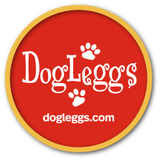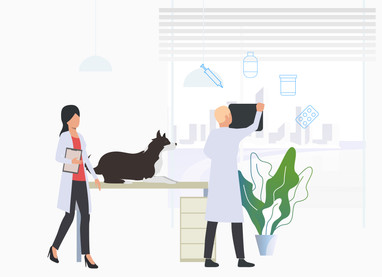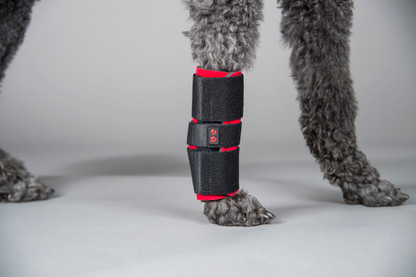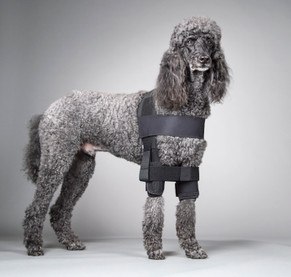07/09/2025
Blog
In today's world, pets are more than just animals; they are family members. As pet owners, we strive to provide the best care for our furry friends, ensuring their health and happiness. One way to ac
…
read more
11/09/2024
My Dog Is Limping: What Should I Do?
If you’ve noticed your dog limping, it’s natural to feel worried. Dogs are family, and seeing them in discomfort can be heartbreaking. But don’t panic—there are steps you can t
…
read more
09/11/2024
How to Tell if Your Dog is Hurt or Injured
As a devoted dog mom, it's natural to feel a wave of worry when your furry friend seems to be in pain. Our dogs are more than just pets; they’re family. They provide us with unconditional love,
…
read more
09/11/2024
Help Your Dog Manage Medial Shoulder Syndrome (MSS) or Instability (MSI)
As a devoted dog mom, nothing is more important than ensuring the health and well-being of your furry friend. If your dog has been diagnosed with Medial Shoulder Syndrome (MSS) or Medial Shoulder Inst
…
read more
09/10/2024
Dog Ear Hematoma Treatment and Recovery
A Simple Guide for Caring Dog Moms
Have you noticed your dog’s ear looking swollen or even bleeding?
Don’t panic! Ear hematomas, also known as aural hematomas, are a common conditi
…
read more





